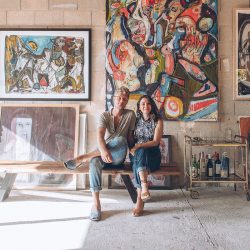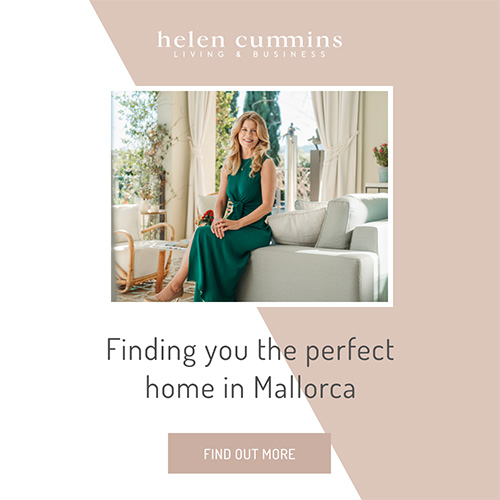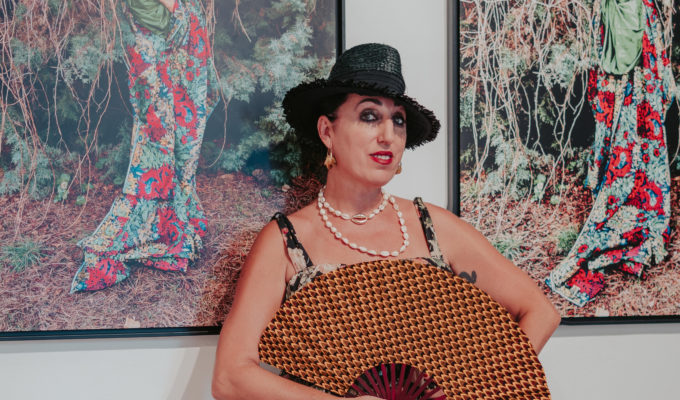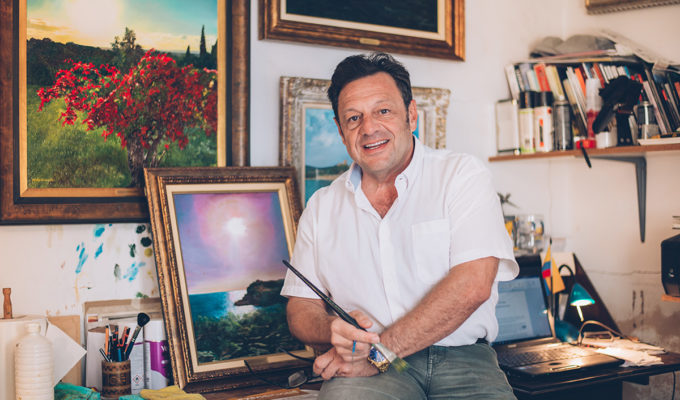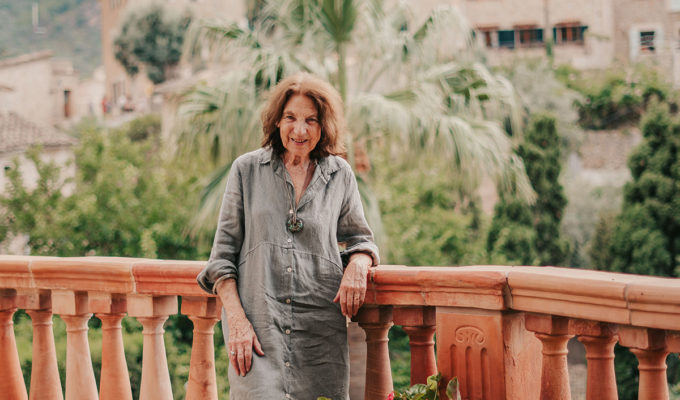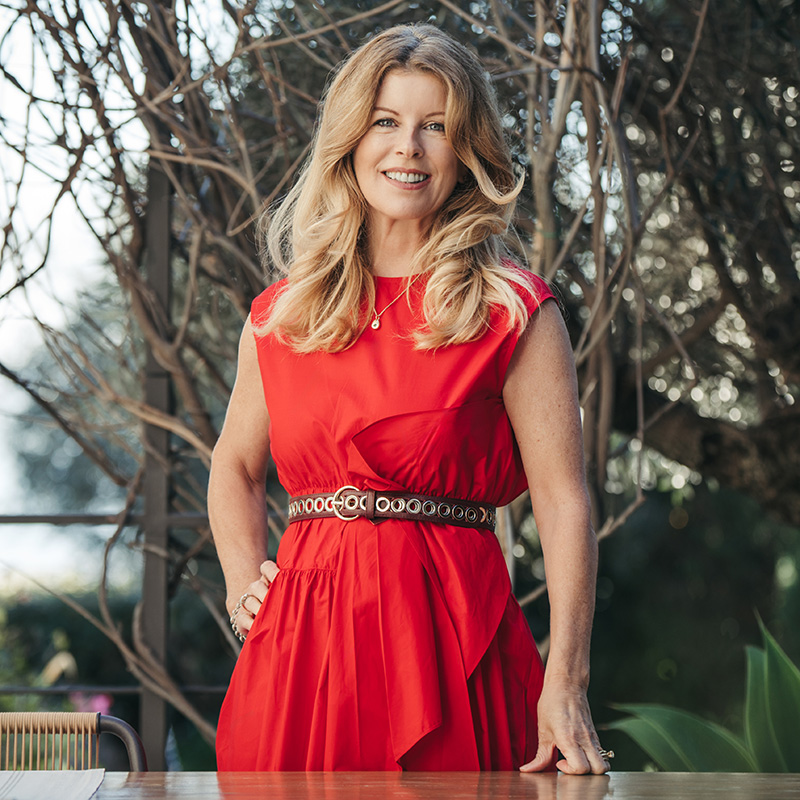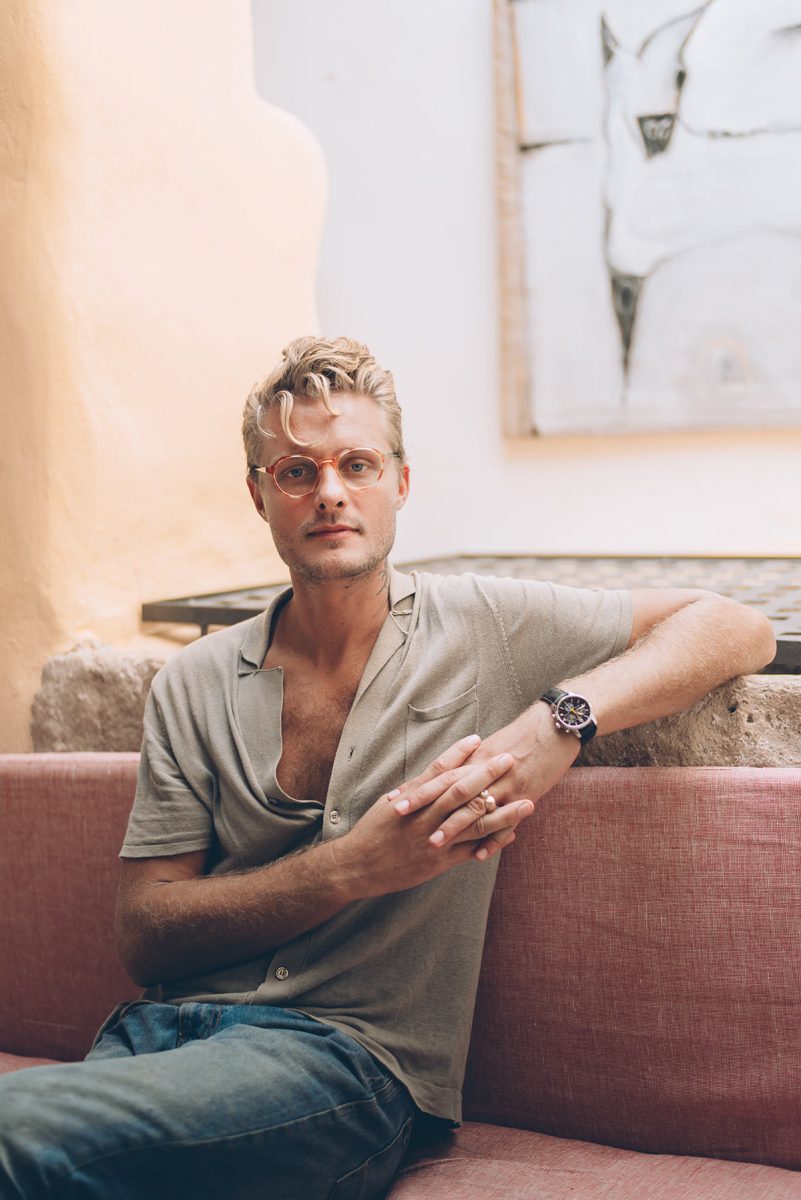
While just a short drive from the factory town of Inca, the hamlet of Jornets has an uncanny sense of remoteness. You could pass through it in a blink, comprising little more than a knot of honey-hued buildings clustered around a small plaza. And here is the unlikely location for the home and studio of American artist, Grason Ratowsky.
A lemon-yellow mailbox bearing the artist’s signature confirms we are knocking on the right door, and we are soon met by a tall, lean figure with square jaw and light caramel tan, blue eyes flashing behind horn-rimmed glasses. Grason greets us with a warm smile, and invites us inside.
The space feels immediately peaceful and calming, a world away from the Manhattan neighbourhood Grason and his wife, Lo, relocated from three years ago. “We were looking for a more understated and relaxed pace of life where we could focus on different aspects of our lives such as following our passions and starting a family,“ explains Lo (who is expecting their first child next March). Grason had visited the island while living in Seville years ago, and recalling its natural beauty and slower tempo it felt like a perfect fit.
Soon after arriving, they fell in love with this 18th-century workman’s dwelling, despite not occupied in years and in a state of serious neglect. But the couple saw its potential, as a home and a working studio, and set about breathing new life into the building – though compromising nothing of its earthy, rustic charm.
A pebble-studded walkway runs its length, connecting the entrance to the pretty rear garden in a pleasing line of sight. A gnarly beam of ancient wood braces crisp white walls, and hovers above the old millstones, converted into a glass-topped dining table. Original hay troughs, grape press, and indoor well are further remnants of the property’s bucolic roots.
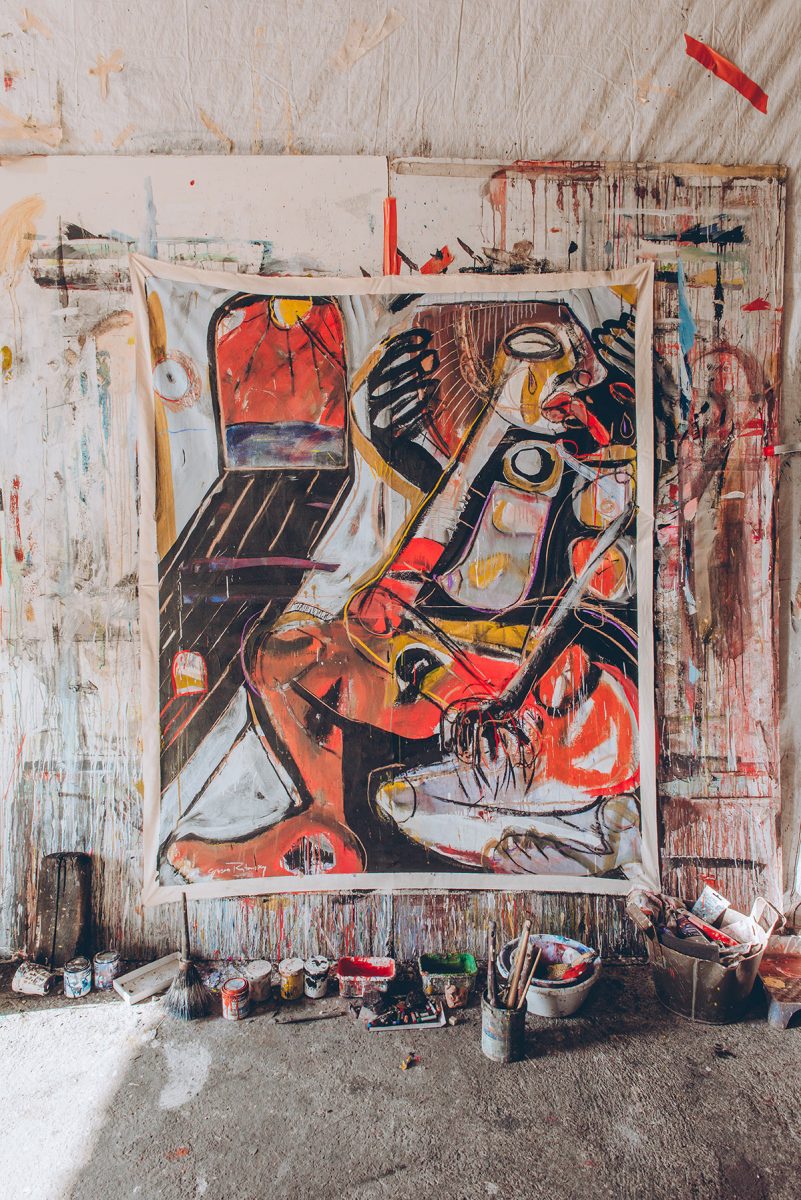 There is something about the space, too, that makes quotidian arrangements of objects take on the aspect of a still life painting, complemented by a profuse collection of modern artworks. Simple almost primitive designs originally painted on the underside of roof tiles have been replicated on indoor lighting. Lines blur between the present and the past, between art and daily life.
There is something about the space, too, that makes quotidian arrangements of objects take on the aspect of a still life painting, complemented by a profuse collection of modern artworks. Simple almost primitive designs originally painted on the underside of roof tiles have been replicated on indoor lighting. Lines blur between the present and the past, between art and daily life.
Accessing the artist’s studio involves crossing what feels like a threshold, connected by some precariously constructed whitewashed steps. Grason sensed the old sheep stable next door would make the perfect workspace, and upon setting foot inside you understand why. The heady scent of wood, plaster and paint combine with a flood of natural light and airy, high-beamed ceilings; with its walls covered in the artist’s work, the larger of two spaces has the look of a pop-up gallery, with a desk upon which new ideas and designs are sketched out. As well as producing bold, colourful pieces of Expressionist art, Grason’s background in commercial design is still exercised in the creation of ‘functional art’ – original, often quirky, designs for home furnishings such as chairs and lamps.
The second space is smaller, more intimate and isolated, the air imbued with an palpable buzz of creativity. Just finished and on display is Grason’s latest work, a commission by Spanish model-actor Jon Kortajarena. Broad splatters of dry paint cascade from hanging sheets, evidence of an artist’s dynamic and uninhibited creative process. The couple also use the studio for “paint parties”, where groups of friends are invited to let their creative juices run amok to a soundtrack of classical music. This passion for the creative process is clear to see both in the artist’s paintings and the enthusiasm fired upon discussing the phenomenon. Grason’s move to the island has provided the space, both literal and psychological, he sees as so important to his creativity. And it is this remote studio in the heart of Mallorca that the artist now feels most inspired. “The walls breathe an essence into the work,” he explains wistfully.
Photos by Sara Savage
Address details
